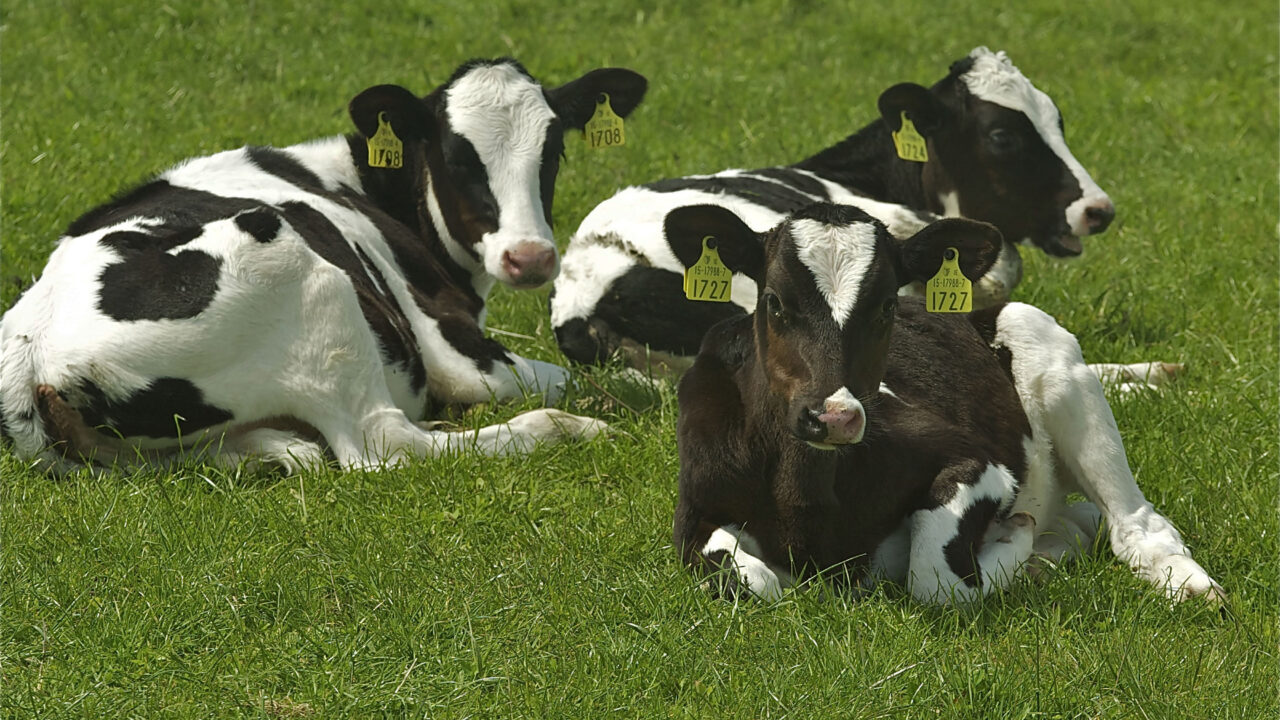Planning ahead to manage worm burden challenges will help to ensure farmers reap the economic benefit of targeting heifers to calve at 24 months.
“Parasitic infection can significantly hinder the performance, and ultimately the productivity, of dairy replacement calves,” Dr. Andy Forbes, Control of Worms Sustainably (COWS) technical representative says.
“Challenges from parasites such as gut worm, lung worm and liver fluke can all play a significant role in hindering calf health,” Dr. Forbes, who is also Honorary Professor at the University of Glasgow’s School of Veterinary Medicine, says.
He says that ensuring a strategic worm control plan, in line with the COWS guidelines, is tailored to address the challenges of the farm environment with a specific system in place is therefore crucial to avoid such setbacks.
“Losses to daily live weight gain in heifer calves can have a significant knock-on effect to the overall long-term performance of the dairy herd, and effect at what age they will realistically calve down,” says Dr Forbes. He also says it can seriously affect the replacement plans for a dairy herd, affecting when a heifer will join the main herd.
Pastures all pose a potential risk for grazing animals in terms of parasites, and especially gut worms. Therefore, it’s important to identify what risk each pasture falls into, so this can be incorporated into the control plan, and cattle parasite burdens managed accordingly, Dr. Forbes says.
“A worm control plan should be assessed regularly by farmers, and their vet and suitably qualified person (SQP) advisor, to tailor the strategy for the season and the pasture risk. The treatment recommendations can vary tremendously according to time of turnout, and whether it’s cattle’s first, or second, grazing season.
“It’s definitely not a ‘one size fits all’ approach,” he says.
Dr. Forbes says it’s also worth considering the risk of lungworm, although this parasite is much less predictable. Cattle should be closely monitored for signs of husk from lungworm infection, regardless of the pasture risk, he stated.
“Then, for farms with a history of liver fluke infection, or where land lies wet or muddy, and is likely to have a heavy population of snails, the control plan must also take liver fluke into consideration.
“Maintaining a record of historical parasite infections will be beneficial when planning measures to deal with liver fluke in the future.
“If possible, young stock should be kept off high-risk pastures, but if they are exposed to the infection, then treating with a flukicide at housing is recommended. Treating stock again, in June or July, in high-risk situations, will also help reduce the overall level of infection on-farm,” Dr. Forbes says.
“It’s all about managing the parasite risk to cattle in a responsible, strategic manner. Working alongside vets and SQP advisors will enable farmers to tailor their on-farm control strategy according to both pasture risk, and specific farming system,” Dr. Forbes says.

